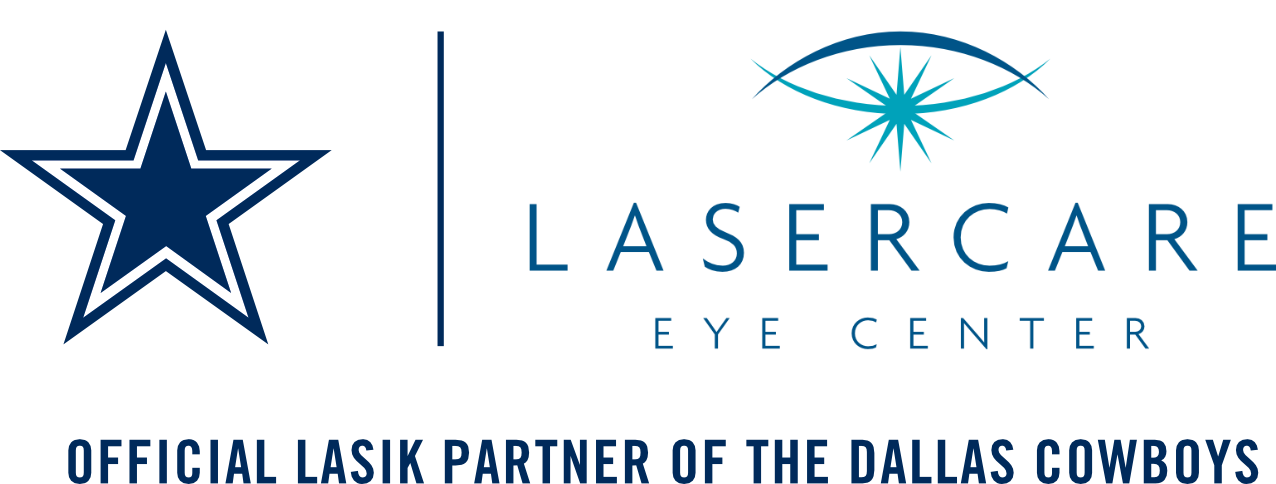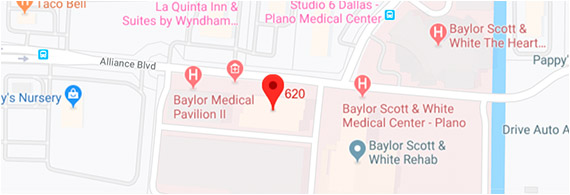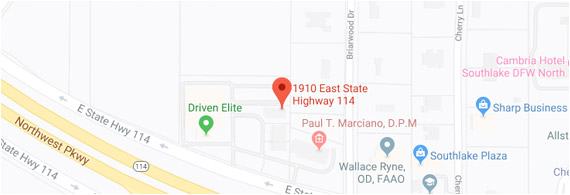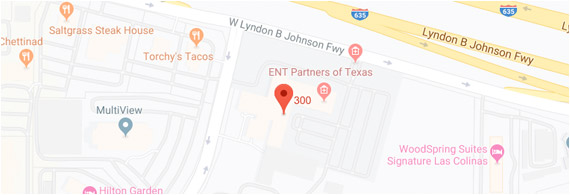Glossary of Eye Related Terms
Accommodation – the act of physiologically adjusting crystalline lens elements to alter the refractive power and bring objects that are closer to the eye into sharp focus.
A-scan – utilizes an ultrasound device for diagnostic testing.
Amsler Grid – can help detect early signs of retinal disease and monitor changes in vision.
Angle – part of the eye where the iris meets the cornea and sclera.
Anterior chamber – the front part of the eye between the cornea and the iris.
Aqueous – the clear liquid inside the front part of the eye.
ARMD – Age-related macular degeneration (ARMD) is an acquired degeneration of the retina that causes significant central visual impairment through a combination of non-neovascular (drusen and retinal pigment epithelium abnormalities), and neovascular derangement (choroidal neovascular membrane formation).
Astigmatism – incorrect curvature of the cornea.
BCV – Best Corrected Vision is the best vision corrected by contact or glasses
Bifocals – eyeglasses that correct vision for both nearsightedness and presbyopia.
Blepharitis – a common eye condition that makes your eyelids red, swollen, irritated, and itchy.
Blepharospasm – twitching of the eyelid.
Blind Spot – the spot where your optic nerve connects to your retina has no light-sensitive cells, so you can’t see anything there.
Blindness – the temporary or permanent loss of vision.
Cataract – a natural clouding of the lens of the eye.
Cataract extraction – eye surgery that involves removing the cloudy lens and replacing it with a new synthetic lens.
Cataract Surgeon – Ophthalmologist and eye surgeon who replaces the natural lens of the eye that has clouded with a synthetic lens to improve vision.
Chalazion – a small bump in the eyelid caused by a blockage of a tiny oil gland
Color Blind – means you see colors differently than most people.
Comprehensive Eye Exam – checks your eyes’ refraction (whether you need glasses or not) and screens you for any symptoms that may lead to eye diseases such as cataract, glaucoma, lazy eye, diabetic retinopathy and age-related macular degeneration
Conjunctivitis – the inflammation or infection of the transparent membrane that lines your eyelid and eyeball.
Contact lens – worn in the eye to correct vision problems.
Cornea – the transparent part of the eye that covers the iris and the pupil and allows light to enter the inside.
Corneal Abrasion – a superficial scratch on the clear, protective “window” at the front of the eye (cornea).
Cross Eyed – a condition in which one eye is turned in a direction that is different from the other eye.
Crystalens – an FDA-approved intraocular lens for the visual correction of adults with cataracts (clouding of the eye’s natural lens secondary to age) with or without presbyopia, or lenses that have aged or become more rigid.
Diabetic Retinopathy – a complication of diabetes, caused by high blood sugar levels damaging the back of the eye (retina).
Dilation – makes your vision blurry and your eyes more light sensitive, which, for a few hours, can affect your ability to drive or work.
Diopter – unit of magnifying power of a lens or lens system.
Diplopia – medical term for double vision or seeing double.
Drusen – yellow deposits under the retina.
Dry Eye Syndrome – usually happens when your eyes don’t make enough tears to stay wet, or when your tears don’t work correctly. This can make your eyes feel uncomfortable, and in some cases, it can also cause vision problems.
Endoptalmitis – a purulent inflammation of the intraocular fluids (vitreous and aqueous) usually due to infection.
Excimer Laser – most commonly used to correct myopia (nearsightedness) but can also be used to correct hyperopia (farsightedness) and astigmatism
Eye Chart – optotype; a chart used to subjectively measure visual acuity.
Farsightedness – problems seeing objects that are close.
Flashes and Floaters – both caused by the natural shrinking of the gel-like fluid in your eye (vitreous) that happens as you age.
Foreign Body – something that is stuck inside you but isn’t supposed to be there
Gonioscopy – an eye examination to look at the front part of your eye (anterior chamber) between the cornea and the iris.
Glaucoma – a group of eye diseases that can cause vision loss and blindness by damaging a nerve in the back of your eye called the optic nerve
Halos – an eye symptom that some people experience around bright lights. Halos show up as bright circles around a light source.
Headache – a pain in your head or face that’s often described as a pressure that’s throbbing, constant, sharp, or dull.
Hyperopia – farsightedness; a common vision condition in which you can see distant objects clearly, but objects nearby may be blurry
Idesign – a system utilizes wavefront aberrometry to create an entirely custom map of your cornea.
Intralase – femtosecond laser used to create LASIK flaps.
Intraocular Lens – a lens implanted in the eye as part of a treatment for cataracts or myopia.
Intraocular Pressure – the fluid pressure of the eye
Iris – a thin, annular structure in the eye, responsible for controlling the diameter and size of the pupil, and thus the amount of light reaching the retina.
Iritis – swelling and irritation (inflammation) in the colored ring around your eye’s pupil (iris).
IOL Master – a high-precision measurement tool that is used to measure the axis length, corneal curvature and the anterior chamber depth of the eye.
Keratoconus – occurs when your cornea — the clear, dome-shaped front surface of your eye — thins and gradually bulges outward into a cone shape.
Laser – there are many different uses of lasers in ophthalmology.
Laser Cataract Surgery – new way to do cataract surgery where lasers are used to assist the eye surgeon by making precise cuts.
Laser Eye Surgery – eye surgery to help correct vision by using a laser to reshape the cornea. Includes PRK, LASIK and SMILE Vision Correction.
LASIK Eye Surgery – laser eye surgery where a flap is created and a laser is used to correct the shape of the cornea.
LASIK flap – flap used in LASIK cut in the cornea. Can be cut with a microkeratome blade, femtosecond laser
Legal Blindness – occurs when a person has central visual acuity (vision that allows a person to see straight ahead of them) of 20/200 or less in his or her better eye with correction
Lens – a piece of transparent material (such as glass) that has two opposite regular surfaces either both curved or one curved and the other plane and that is used either singly or combined in an optical instrument for forming an image by focusing rays of light
Lenstar – provides optical measurements of all areas of the eye from the cornea to the retina
Lensx Laser – Alcon laser used in laser cataract eye surgery. Can also be used to create LASIK flaps.
LRI (limbal relaxing incision) – used in cataract surgery to reduce astigmatism. Can be done manually or with a laser such as the Lensx.
Macula – it is the part of your eye that processes what you see directly in front of you (your central vision).
Macular Degeneration – Age-related Macular Degeneration (AMD) is an eye disease that can blur your central vision. It happens when aging causes damage to the macula — the part of the eye that controls sharp, straight-ahead vision.
Macular Edema – it happens when blood vessels leak into a part of the retina called the macula. This makes the macula swell, causing blurry vision.
Macular Hole – a rare eye condition that can blur the central vision you use to do everyday tasks like driving or reading.
Microkeratome – precision surgical instrument with an oscillating blade designed for creating the corneal flap in LASIK or ALK surgery.
Monovision – corrects one eye for distance and one eye for near in cataract and laser eye surgery.
Multifocal lens – lenses used in cataract surgery that correct vision for near, intermediate, and far.
Myopic – see nearsighted
Nearsighted – vision that is blurry for far away objects. Caused by light not focusing in the eye correctly.
OCT – Optical Coherence Tomography (OCT) is a non-invasive imaging test. OCT uses light waves to take cross-section pictures of your retina.
Ocular – another term for eyepiece.
Ophthalmologist – Medical doctor specializing in the diagnosis and treatment of eye diseases.
Optic Nerve – an extension of your central nervous system, which includes your brain and spine.
Optician – a medical professional that has experience making eyeglasses.
Optometrist – medical professional that performs eye exams.
ORA Smart Vision – technology used during cataract surgery to determine the power of the replacement lens.
Pentacam – multifaceted diagnostic device that has dramatically increased the accuracy of determining a good candidate for LASIK.
Peripheral Vision – vision as it occurs outside the point of fixation, i.e. away from the center of gaze or, when viewed at large angles, in (or out of) the “corner of one’s eye”
Phacoemulsification – a modern-day cataract surgery that employs ultrasound energy to emulsify the nucleus, vacuum to catch the nuclear material, and irrigation and aspiration for cortex and viscoelastic removal
Phoropter – an ophthalmic testing device used to refract
Photophobia – eye discomfort in bright light. The cornea allows light to enter the eye.
Presbyopia – Natural occurrence in people over 40 that causes reading glasses.
PRK or photorefractive keratectomy – Laser eye surgery that uses a laser to correct the shape of the cornea without the use of a flap. One of the first laser eye surgeries approved by the FDA.
Pseudophakia – also known as intraocular IOL, lens implants, or “fake eye lenses,” this procedure can significantly improve vision after removing cataracts and replacing them with a new lens.
Pterygium – also known as surfer’s eye, is a raised, wedge-shaped growth of the conjunctiva that extends onto the cornea — the outer layer of the eye
Pupil – the round opening in the center of the iris (the colored tissue that makes the “eye color” at the front of the eye).
Refraction – an ophthalmic medical test used to determine the prescription required to correct vision.
Refractive error – disease of the retina
Restor lens – premium multifocal lens used in cataract surgery that corrects vision for near, intermediate and far.
Retina – contains millions of light-sensitive cells (rods and cones) and other nerve cells that receive and organize visual information.
Retinal Detachment – describes an emergency situation in which a thin layer of tissue (the retina) at the back of the eye pulls away from its normal position
Retinopathy – disease of the retina. There are several types of retinopathy but all involve disease of the small retinal blood vessels.
Routine Eye Exam – usually perform annually and can help to catch and diagnose eye problems early helping to minimize vision loss and permanent damage.
Slit Lamp – an ophthalmic device used to examine the eye
SMILE Eye Surgery – the newest Laser Eye Surgery that involves cutting and removing a small disc-like contact from the eye. SMILE does not require a flap, like LASIK eye surgery.
Strabismus – also known as hypertropia and crossed eyes — is misalignment of the eyes, causing one eye to deviate inward (esotropia) toward the nose, or outward (exotropia), while the other eye remains focused.
Sty – bacterial infection involving one or more of the small glands near the base of your eyelashes
Symfony lens – premium lens designed to correct presbyopia in cataract surgery.
Tonometry – a test to measure the pressure inside your eyes
Toric lens – a lens used in cataract surgery that corrects astigmatism.
Tunnel Vision – refers to the loss of a person’s peripheral vision. It can occur for a variety of reasons, including migraine, and glaucoma.
Vision – the ability to see by the light coming through and focusing in the eye.
Vision Correction – involves the use of eye surgery, medication, glasses, or contacts to correct eyesight.
Visual Acuity – it is a measure of the ability of the eye to distinguish shapes and the details of objects at a given distance.
Visual Field – refers to the total area in which objects can be seen in the side (peripheral) vision as you focus your eyes on a central point.
Visumax Laser – Zeiss femtosecond laser that is used to perform SMILE eye surgery. Can also be used to create LASIK flaps.
Visx Star 44 Laser – AMO excimer laser used in laser eye surgery (LASIK and PRK).
Vitreous – jelly-like substance that fills the middle of the eye, also called the vitreous humor.
Yag Laser – surgery to help you see clearly after cataract surgery






